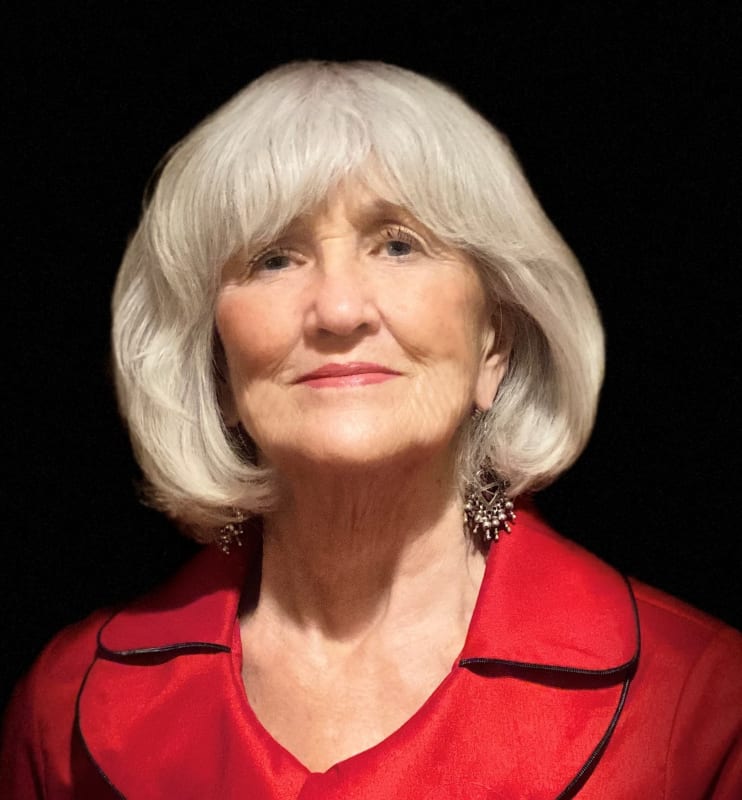Still Life and Gardens
From my early childhood I have watched my Mother and Grandmother work and attend to their gardens and arrange flowers. I loved this and continue to be interested in various vessels and flowers. In the winter to bring the colour into the studio is a pleasure.
These paintings are to be enjoyed they are quirky, bright and happy. Sometimes Alberta’s animals and birds appear in the compositions as well as flowers. They celebrate the beauty of nature, the fragility of life and the excitement of taking the time to observe.
Landscapes
Coming from the tradition of site-specific landscape painting my practice in the past 35 years has changed dramatically. I still return to favorite places and take another view in different seasons to observe how things change.
From looking at the land as foreground middle ground and background things have become flattened and personalized by short cuts and mark making and different considerations.
I am now Interested in a bird’s eye view of the world and especially aerial views form hiking, rides in airplanes, helicopters balloons and small planes. These are done more from the photographs I have taken. They are mixed with observations from above as well as on land.
I work on paper and canvas. My latest projects have been done on Lexan (a transparent film). These works incorporate drawing, painting and printing. I consider them to be studies in place, space, and time. The drawings refer to what is observed as well as remembered. In this way, the marks become contextual with perception. Done from an aerial perspective I see them as maps of land use.
Lexan: Aerial Views
From imaginary meridian lines to fencing our yards humans attempt to control and order their world. Over time, these scars and marks can appear as arbitrary as those found in nature. The result is a combination of abstract, imagined and real. The physical hieroglyphics of human occupation and development is represented as grids and the meandering chaos of marks imposed by natural changes creates these images. Influenced by the tradition of painting on site, observed landscapes are fused into new overviews of change. Incorporating mans encroachment into the natural environment speaks of a history that maps land use. The images highlight the determination of human occupation and development and the persistence of nature.
All these works on Lexan are done as aerial views from the experience of hiking, flying in commercial planes as well as rides in smaller planes and even helicopters. Washes of paint are layered and intertwined with mixed media. Patterns found in the frottage of chain link fences, chicken wire, steel grates, meshes, grids and other recovered or found material further interrupt the painted passages. Lexan gives these images a translucent ethereal feel that relates to how light affects colour and form. These images may be viewed as individual they are adhered to acrylic and mounted 2 inches from the wall or in grids mounted 6 inches apart.
Born and raised in Edmonton, Lynn Malin was educated at the University of Alberta and then the University of Toronto. After extensive travels overseas which involved further education in France and some early experiments with painting, she commenced her professional career by teaching art at Harry Ainley High School in Edmonton.
Since the early 1980s, Lynn Malin turned to painting full time. first, with watercolours and later, with acrylics and oils both on canvas, paper and lexan. Malin has also worked collaboratively in sculpture and installation. Her works are displayed in the public domain in downtown Edmonton and at the University of Alberta.
Lynn Malin has attended various workshops and residencies including the Emma Lake Workshop at the University of Saskatchewan, a self-directed residency at the Banff centre for the Arts, the Gushel Studio in Blairmore at the University of Lethbridge, and the Leighton Colony Residencies at the Banff Centre.
